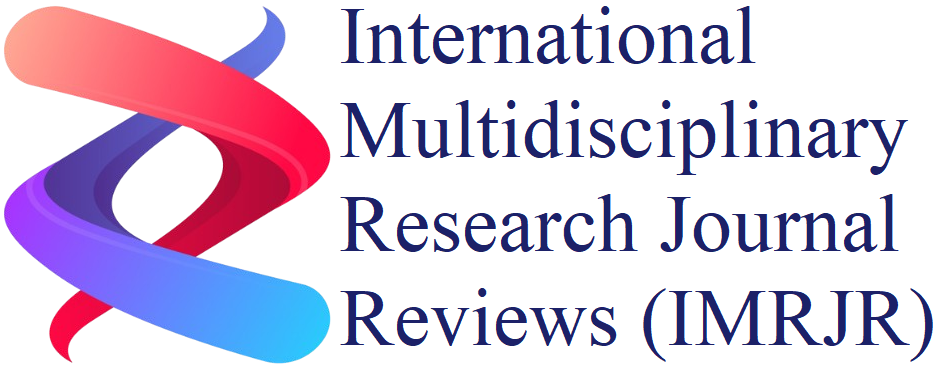Abstract: Marriage as an social institution helps to establish a kinship bond in the society and are performed according to the prescribed rules of the society. In some cultures, it is performed outside the kin group while in others it is performed with a set category of kins like cross-cousins. Over the past few decades, however, marriage patterns have undergone significant changes worldwide. This paper explores the shifting dynamics of marriage, especially including the decline of traditional marriage, the culture of marrying cross-cousins, the rise of alternative forms of partnerships, and the factors influencing these changing patterns in the Kishtwar district of Jammu and Kashmir. The paper analyses the social, cultural, economic, and technological drivers that have contributed to this shift and discusses the implications for individuals, families, and society as a whole. These changing marriage patterns can be helpful to gain insight into the evolving nature of human relationships and adapt the societal frameworks.
Keywords: Kinship, Marriage, Cross-cousins, Patrilineal, Matrilineal, Patrilateral, Matrilateral
Download:
![]() |
DOI:
10.17148/IMRJR.2025.020410
|
DOI:
10.17148/IMRJR.2025.020410
[1] Dr. Gopal Krishan Sharma, "MARRIAGE WITHIN THE KIN: EXAMINING THE CHANGING TRENDS OF CROSS-COUSIN MARRIAGES IN KISHTWAR," International Multidisciplinary Research Journal Reviews (IMRJR), 2025, DOI 10.17148/IMRJR.2025.020410

